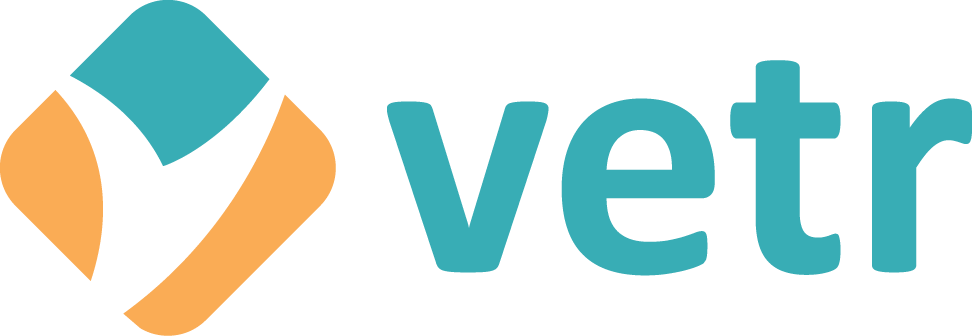Introduction to Neurodiversity in VET
Course
 Creating inclusive learning environments where every mind can thrive.
Creating inclusive learning environments where every mind can thrive.
.png?lmsauth=bba6586309ca51deae9780542f38d396d4e80235) Introduction to Neurodiversity in Vocational Education and Training is a professional development course designed to help educators, trainers, and education providers create more inclusive learning environments for neurodivergent students.
Introduction to Neurodiversity in Vocational Education and Training is a professional development course designed to help educators, trainers, and education providers create more inclusive learning environments for neurodivergent students.
The Fundamentals of Neurodiversity – Understanding what neurodiversity is, why it matters in vocational education, and key statistics about neurodivergent learners in the VET sector.
Understanding Neurodivergent Learners – Exploring common characteristics, challenges, and strengths of neurodivergent students, supported by real-world case studies and examples.
Strategies for Inclusive Training – Practical approaches to teaching and assessment adjustments, Universal Design for Learning (UDL), and tools and resources to better support neurodivergent learners.
10 discount! for VET PD Series subscribers - Register using your discount code.
6 hours in duration.
NEW RELEASE!
What we cover...
![]() Welcome
Welcome
(2).png?lmsauth=ac80464918f32f64a6d9e344149b28a5f3095e52)
Welcome to Neurodiversity Academy! I'm Will Wheeler, the owner and director. With dyslexia and ADHD, myself, and 16 years of experience in vocational education, I've seen the challenges that neurodivergent students face. This experience inspired me to create Neurodiversity Academy, with a mission to build inclusive learning environments where all students, regardless of their neurodivergence, can thrive and succeed.
In this course, you will:
- Learn about neurodivergent learners, their strengths and challenges.
- Gain practical strategies to support neurodivergent students.
- Explore inclusive teaching methods and how to create accessible environments in vocational education.
My goal for you:
- Leave the course with a deeper understanding of neurodiversity.
- Gain tools to make a positive impact on neurodivergent students’ learning.
- Begin applying some of the insights you've gained into your organisation.
![]() Module 1: Introduction to Neurodiversity
Module 1: Introduction to Neurodiversity
Definition of Neurodiversity
- What is Neurodiversity
- Common Types of Neurodivergence
- Everyday Strengths and Weaknesses
- What is a twice exceptional learner
- Co-occurring Neurotypes
- A Neurodivergent Brain Compared to a Neurotypical Brain
- Common Types of Neurodivergence
- Relevance to Vocational Education
Definition of Neurodiversity - Quiz
Why Neurodiversity Matters in Vocational Education
- Why Neurodiversity Matters
- What we are currently seeing
- What Students Experience (Discrimination)
- What most Neurodivergent students experience (As Learners)
- What can happen
Why Neurodiversity Matters in Vocational Education - Quiz
Why Neurodiversity Matters in Vocational Education
- Why Neurodiversity Matters
- What we are currently seeing
- What Students Experience (Discrimination)
- What most Neurodivergent students experience (As Learners)
- What can happen
Why Neurodiversity Matters in Vocational Education - Quiz
![]() Module 2: Understanding Neurodivergent Learners
Module 2: Understanding Neurodivergent Learners
Common Characteristics of Neurodivergent Learners
- Clear Instructions
- Sensory Sensitivities
- Attention Differences
Common Characteristics of Neurodivergent Learners- Quiz
Challenges and Strengths
- Organisational Difficulties
- Sensory Overload
- Maintaining Focus
Challenges and Strengths - Quiz
Case Studies and Examples
Three Case Studies
- Emma, a 20-year-old student studying graphic design, is neurodivergent, with both autism and ADHD.
- James, a 22-year-old student with autism and bipolar disorder, is currently studying for a Certificate III in Information Technology.
- Sarah, a 19-year-old student with ADHD and dyslexia, is currently studying for a Certificate III in Carpentry.
Case study – Quiz

Guest Speaker - Rachel van Gorp - Sensory in the Classroom
![]() Module 3: Practical Strategies for Inclusive Training
Module 3: Practical Strategies for Inclusive Training
Teaching and Assessment Adjustments
- Key Adjustments to Teaching
- Assessment Adjustments
- Tools and Resources
Teaching and Assessment Adjustments - Quiz
Universal Design for Learning (UDL)
- What is Universal Design for Learning?
- Flexibility in Teaching - Accessing Material
- Flexibility in Teaching - Demonstrating Understanding
- Ensuring Equal Opportunities
- Person-Centered Approach
Challenges and Strengths - Quiz

Guest Speaker - Katie Fleet - Person Centred Learning
Supportive Tools and Resources
- The Importance of Supportive Tools and Resources
- Key Supportive Tools
- Creating a Comfortable Learning Environment
- The Role of Technology
Supportive Tools and Resources - Quiz

Guest Speaker - Dr Natasha Arthars - Technology and Tools for Neurodivergent Learners
Confirm your understanding of current terms, definitions & requirements.
.png?lmsauth=bc97dc3e5500860e9a0aaf72888371fc3a602a44)
A Statement of Completion is available on completion of course activities.
![]()
CORE AREAS
TRAINING
- Planning Vocational Training
- Plan vocational training
- Facilitating Training
- Deliver face-to-face vocational training
ENGAGING AND SUPPORTING VET STUDENTS
- Supporting Learning
- Support individual and group learning
Here is the course outline:
Welcome
12 min
|
Introduction to Neurodiversity
1 hr, 56 min
|
Understanding Neurodivergent Learners
1 hr, 45 min
|
Practical Strategies for Inclusive Training
2 hrs, 8 min
|
Completion
The following statements are received when the course is completed:
.png?lmsauth=7ba1c4da54e5569d52af75b8104ffc4ae631f96c) |
Neurodiversity Academy - Certificate of Completion |





